Spinning Reel for Beginners: A Complete Guide to Tangle-Free Casting (Line Cup Adjustments & Techniques)
Fishing can be a serene escape or an adrenaline-fueled adventure, but for beginners, the learning curve often starts with mastering the spinning reel. If you’re tired of frustrating tangles, missed catches, or feeling overwhelmed by gear, this guide is your roadmap to confidence on the water. We’ll dive into selecting the right tools—including the best spinning reel for walleye, best line for spinning reel, and essential techniques for fishing reel spool management and respooling fishing reel—so you can focus on what matters most: enjoying the catch.
Why a Spinning Reel is Ideal for Beginners
Spinning reels are designed with simplicity in mind, making them perfect for new anglers. Unlike baitcasters, their fishing reel spool spins horizontally, reducing friction and minimizing the risk of backlash (that dreaded tangle). They’re versatile, too—you can use them for everything from walleye to trout, in freshwater or saltwater, with lightweight lures or live bait. Plus, their user-friendly drag systems and intuitive design mean you can start casting with minimal frustration. If you’re eyeing the best freshwater fishing reels, a high-quality spinning reel should be at the top of your list.
Choosing the Right Spinning Reel: Key Factors for Beginners
Selecting the best spinning reel for walleye (or any species) boils down to three factors: size, drag system, and line capacity.
- Size Matters: Start with a medium-light to medium-sized reel (2000–3000 series). These offer enough capacity for 4–8lb test line—ideal for panfish, trout, or walleye—and are easy to handle. Larger reels (4000+) are better for heavy fish or saltwater but may feel unwieldy for beginners.
- Drag System: Look for a reel with a smooth, adjustable drag. A good drag should handle sudden runs without slipping, so test it before buying. A drag knob that’s easy to adjust with one hand is a must.
- Line Capacity: Check the spool specs for “max line capacity” (e.g., 100yd/4lb). Match it to your target species—if you’re chasing walleye, go for slightly heavier line (6–8lb) to handle their teeth and habitat.
The Ultimate Line Guide: Best Line for Spinning Reel
Your choice of line can make or break your casting success. Here’s how to pick the right one for your spinning reel and species:
- Monofilament: The most beginner-friendly option. It’s affordable, stretches (which absorbs shock), and masks leader knots. Ideal for walleye and trout in calm waters.
- Braided Line: Strong, thin, and low-stretch—perfect for clear water or when you need sensitivity. But it’s more visible, so pair it with a monofilament or fluorocarbon leader. Great for saltwater or large predators.
- Fluorocarbon: Nearly invisible underwater, making it a go-to for finicky fish. Heavier than water, so it sinks fast—perfect for walleye in deep lakes.
Pro Tip: When loading line, leave ¼” of the spool’s inner core exposed to prevent line from slipping off during casting.
Mastering Line Cup Adjustments: Avoid Tangles for Good
The fishing reel spool’s line cup (the curved guides on the spool) is key to smooth casting. Here’s how to adjust it for tangle-free performance:
- Loosen the Drag Knob: Before loading line, make sure the drag is fully relaxed. This prevents line from bunching as you wind it on.
- Wind Line Evenly: Start at the spool’s outer edge and wind toward the center, keeping consistent tension. Avoid overlapping lines—each wrap should lie flat against the previous one.
- Adjust Line Guides: If your reel has adjustable line cups (some models do), bend them slightly outward to reduce friction. This is especially helpful for heavier lines or when casting long distances.
- Test Before You Toss: After loading, lift the rod tip and let the line dangle freely. If it twists or kinks, rewind it—twisted line is a leading cause of tangles.
Respooling 101: When and How to Reload Your Reel
Even the best spinning reels need a refresh every 50–100 casts (or when the line shows signs of wear). Here’s how to respool fishing reel like a pro:
- Cut Off Old Line: Use line cutters to trim 1–2 inches past the damaged area. Don’t yank it—you might damage the spool.
- Use a Spooling Tool: For perfectly aligned line, invest in a spooling tool. Secure your new line to the tool, then attach the reel’s spool (make sure the line direction matches—monofilament and fluorocarbon wind clockwise; braided lines wind counterclockwise to reduce twist).
- Wind Slowly and Steadily: Keep the line under light tension as you wind. Stop every 10 yards to check for twists—if you see loops forming, unwind and start over.
- Finish with a Backlash Preventer: After loading, pass the line through a swivel or leader, then tie a knot to secure it. This extra step prevents the line from slipping off the spool mid-cast.
Common Mistakes to Avoid
- Overfilling the Spool: Leave ½” of space between the line and the spool’s rim. Overfilling causes line to jump off during casting.
- Ignoring Drag Settings: Always set drag to 1/3 of the line’s breaking strength. Too tight, and fish will snap the line; too loose, and they’ll escape.
- Skipping Maintenance: After each trip, rinse your reel with fresh water (especially saltwater use) and lubricate the drag system with reel oil. A well-maintained reel lasts longer and casts smoother.
Final Tips for Newbies
- Practice casting in your backyard before hitting the water—it builds muscle memory and reduces frustration.
- Start with live bait (worms, minnows) or simple lures (spinners, spoons)—they’re forgiving and increase your catch rate.
- Don’t be afraid to ask questions! Local tackle shops and fishing communities are full of helpful anglers ready to share tips.
Whether you’re chasing walleye in a northern lake or exploring freshwater adventures near home, a quality spinning reel paired with the right line and techniques will transform your fishing experience. Remember: patience is key, and every tangle is a lesson learned. So grab your gear, head to the water, and let the casting begin—you’ve got this!
Ready to upgrade your gear? Explore our recommended best spinning reel for walleye and best freshwater fishing reels for 2024, and start your journey to tangle-free casting today!


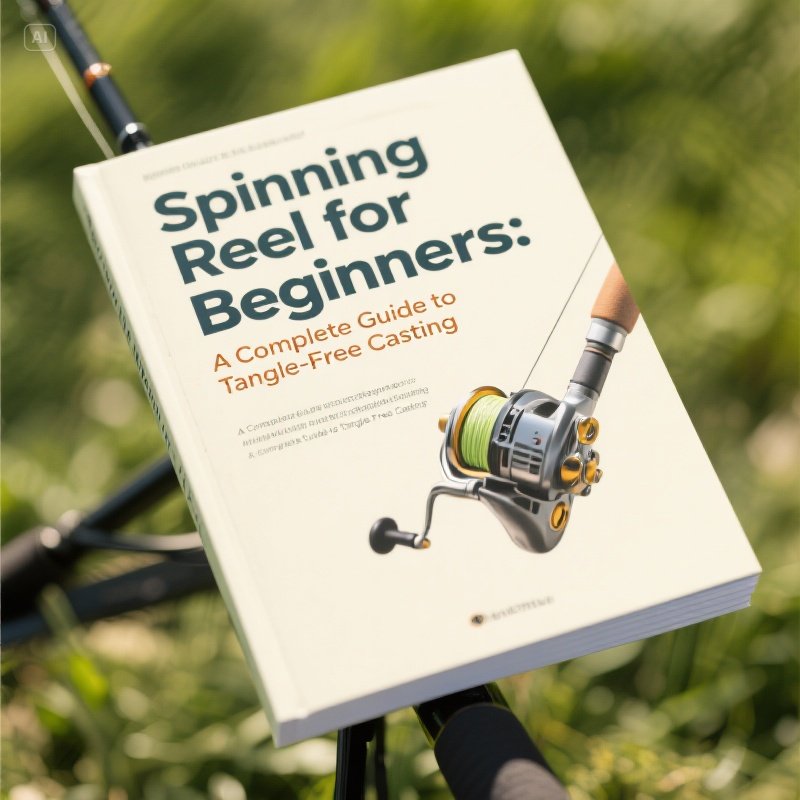
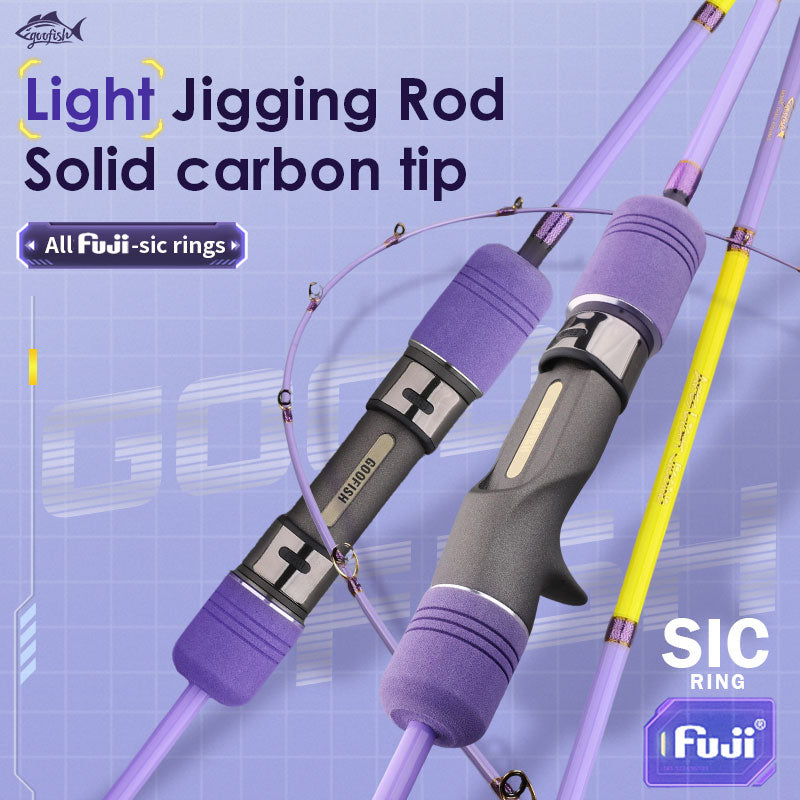
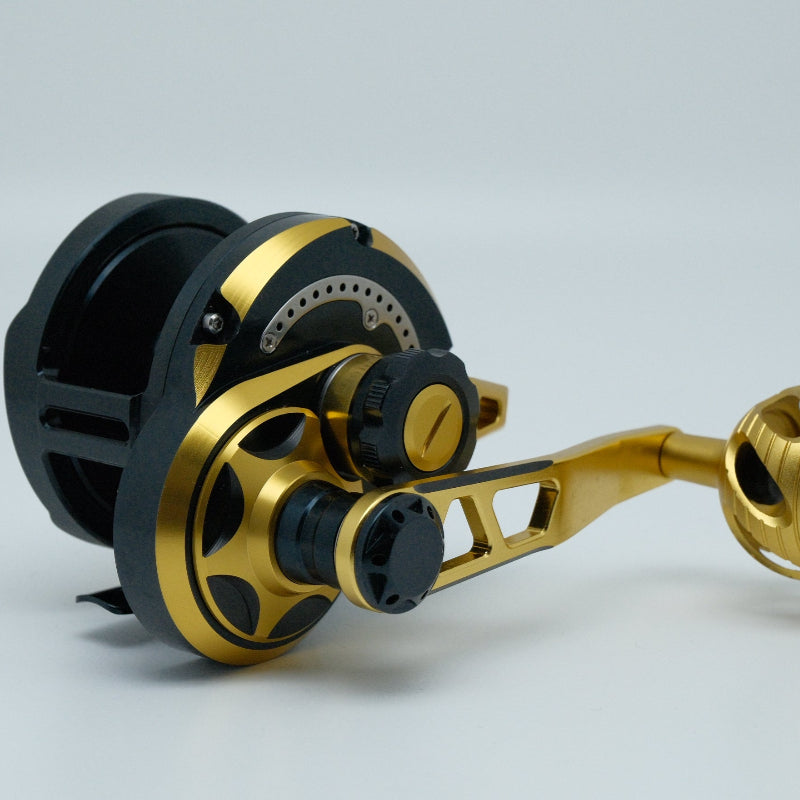
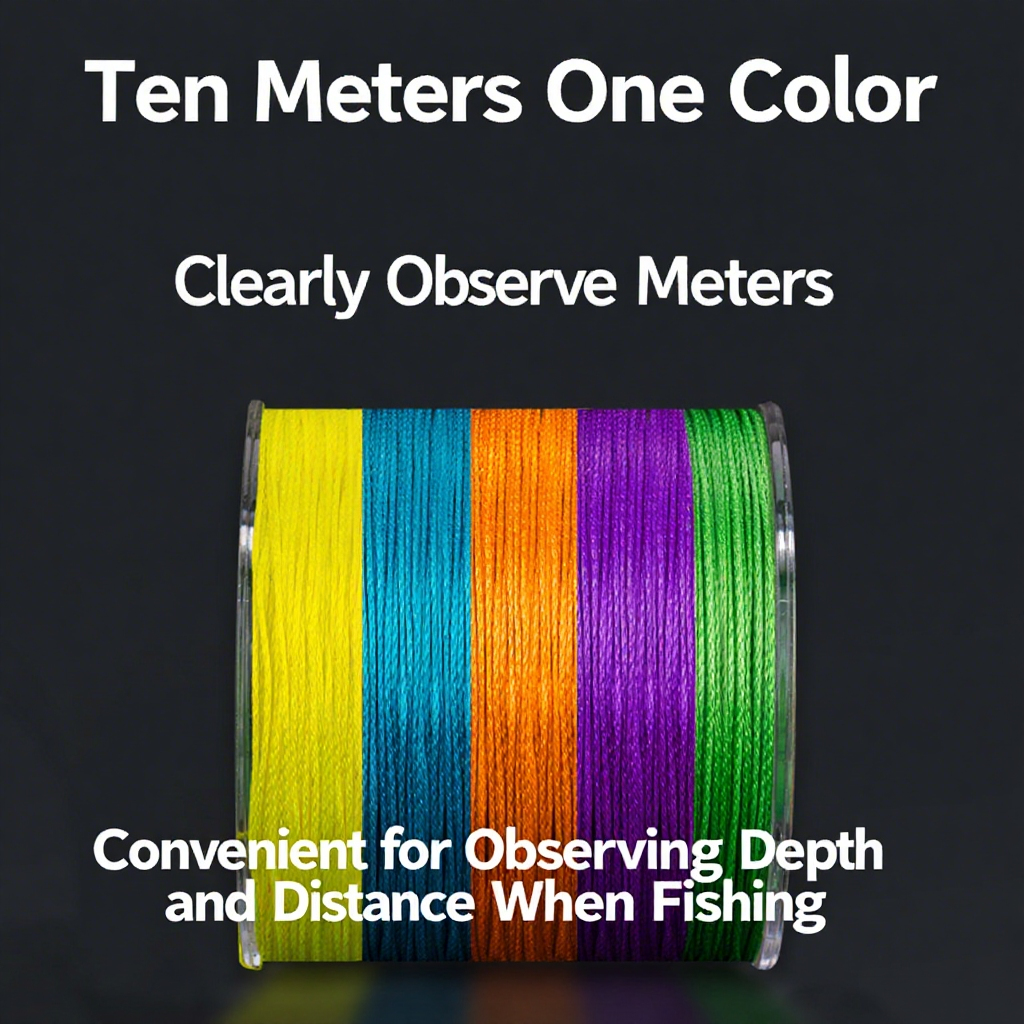




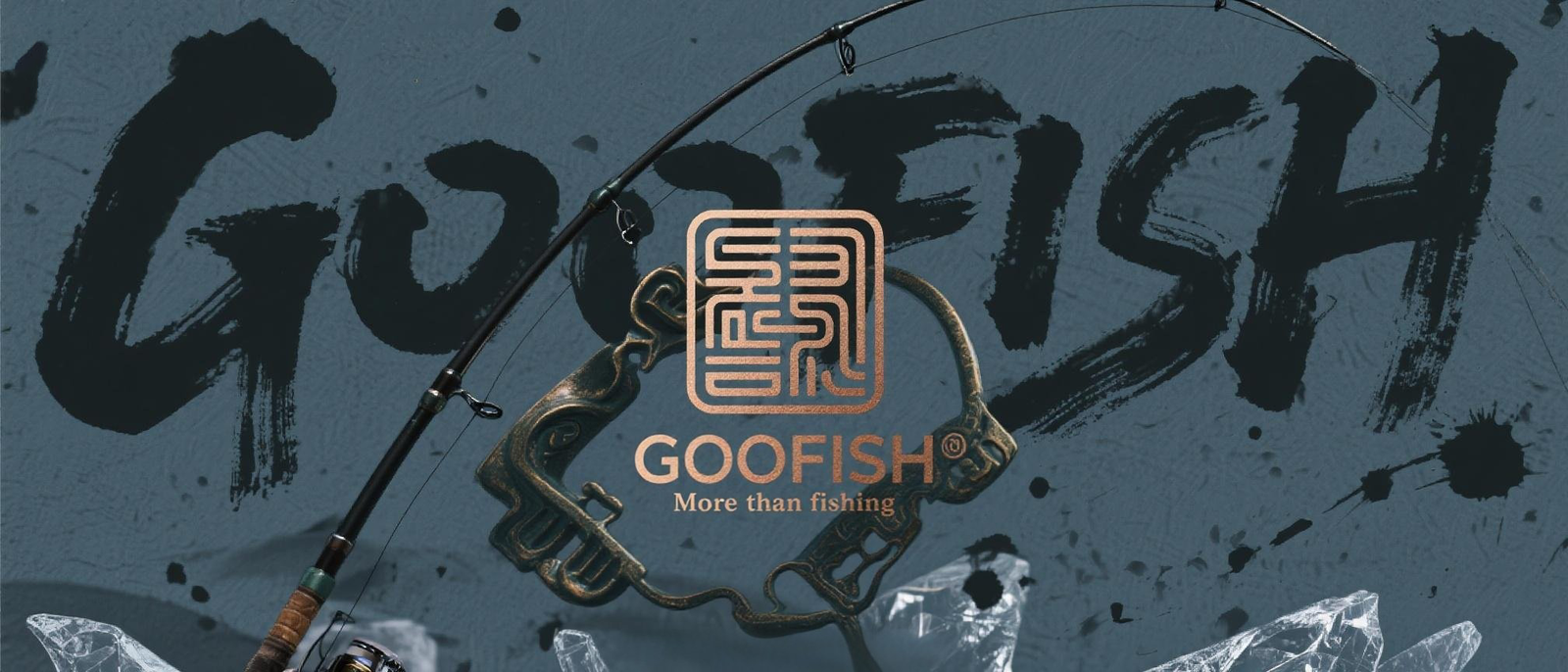
Leave a comment